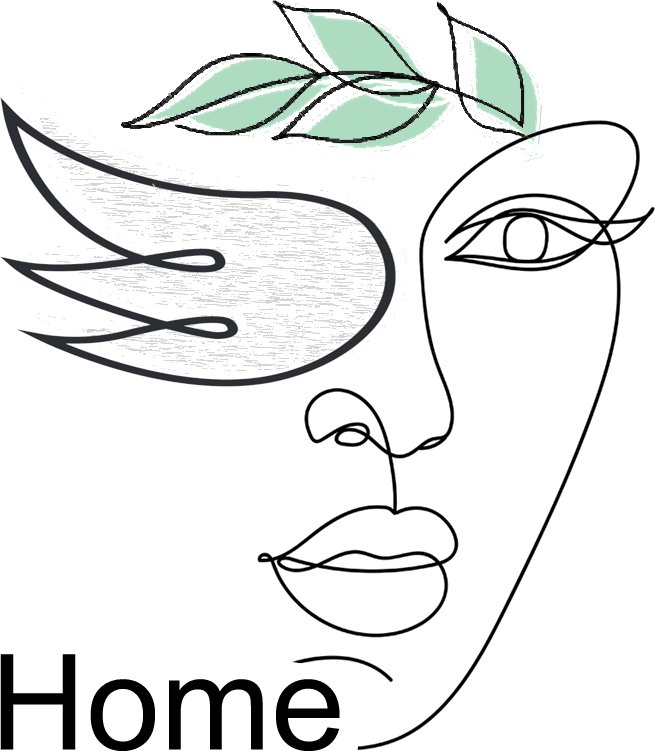Beth Pfeffer
About My Healing Artwork
For a number of years, I have been inspired by the entities to create healing artwork. This healing takes on many forms, including assistance with transforming something spiritually, mentally, emotionally, or physically.
The simple presence of an artwork print can help remind those in the space that healing is always possible and surrounding us. Some feel the presence of the entity as though they were being held energetically in a loving embrace.
Others have reported powerful creative inspiration, more ability to focus, or a release from things that had them stopped.
In every case, clients have told me that the entity they select seems to have called to them and speaks to them constantly in ways that enrich their lives.
About The Print Process
With some apology, the remainder of this page is pretty technical and geeky, but my clients have asked me how these prints show up with such astounding color and clarity, and this page covers that. I use a professional art print company that specializes in museum-quality, extremely high resolution reproduction, and they use very high-end equipment, materials, and techniques to achieve this level of excellence.
All of my prints, whether on paper or canvas, are done as Giclée. The word “Giclée” has its origins as the French word gicleur, the term for a jet or a nozzle. What it has come to mean in the art reproduction world is a print produced on large-format, multi-nozzle inkjet printer that uses dyes or fade-resistant, pigment-based archival inks, and printed on archival-quality substrates such as high-grade cotton-rag papers, vinyls, canvasses, and even bamboo.
These special printers use the CMYK (Cyan, Magenta, Yellow and Black) color process, with additional ink cartridges for better color and black and white rendition. Using multiple color cartridges allows for smoother gradient transitions and extremely accurate color reproduction because the color gamut, that is, the range of colors that can be printed, is massively increased. My reproduction art has absolutely no pixelation (little dots or squares), and are the closest thing to reproducing the actual artwork other than re-painting the artwork itself.
Side-note: You may notice what looks like pixelation on some of the artwork reproductions, but it is not. What you are seeing is the extreme accuracy of the image scanner; it is picking up the little bumps in the original art paper or canvas and reproducing them exactly as they appear.
The First Step: Scanning and Storing
My paintings are scanned on a large-format high-resolution flatbed scanner. Instead of the usual 150 or 300 DPI (Dots Per Inch) of a typical retail scanner, my artwork is scanned at 6,400 – 9,600 DPI, ensuring that every little detail in the original is captured perfectly.
These demanding images are stored in Tag Image File Format (TIFF), which is a “lossless” raster image. Most image types that you may have heard of like JPEG (JPG) or PNG are all “lossy” formats because the software that creates them fudges some of the pixels or dots, blending them and discarding unnecessary ones to make the file smaller without losing apparent sharpness.
By contrast, TIFF images have 100% accuracy to the original image. As a result, a TIFF file is frequently massive in size; generally running 10-20 times larger than the same image stored in JPG. My artwork images range from about 35 Mb to 60 Mb per file. When they are compressed and converted to be displayed on my website, they are 1 – 2 Mb.
This is why it’s so difficult to experience the full force of the entity’s powers through the website images; they just do not have all of the detail, color, and vibrancy of a Giclée print.
About My Paper Prints
I have my scanned images printed on the highest-grade commercial photographic paper available. The technical specifications are: 308-gsm, acid-free fine art, bright-white, 100% cotton, Hahnemühle photo rag paper. It’s a mouthful, I know, but for those interested in the art print integrity, this says it all.
GSM is a term that means “Grams per Square Meter” and is a measure of the density and weight of the paper. For comparison, typical PC printer paper or copy paper has a density of about 95-gsm.
Hahnemühle is a German paper manufacturer that creates the archival-quality photo paper that I use, and is considered one of the best in the world.
Each print is individually produced on a high-gamut printer that is faithful to the exact colors, tones, and brightness of the original hand-painted art piece. Both the paper and the inks used are archival museum quality free of acids.
About My Canvas Prints
For my canvas prints, the images are first infused onto acid-free, OBA-free chromata-grade canvas. This substrate is a little more complicated than the paper with exceptionally color-stable fibers.
The term “OBA-free” refers to the lack of “Optical Brightening Agents” that are applied to fabrics. OBAs, also known as fluorescent brightening agents (FBAs), are chemical compounds that give a whitening effect to the fabric by absorbing light in the ultraviolet spectrum and re-emitting light in the blue spectrum. This fluorescence gives the appearance of whiter whites by lessening the appearance of yellows and reds.
The problem is that OBAs are never applied uniformly, and under different lighting conditions, individual colors of the print can appear differently, rendering the print anything but an “exact copy” of the original painting. OBAs are an artificial way to attempt to correct deficiencies with inferior fabric. Instead, my canvas reproductions are all printed on highly-stable bright white archival fabric that will not yellow over time.
The image is printed with mirror-wrapped edges and then securely mounted to a kiln-dried 1½”-thick wooden frame. Precisely-located hanging hardware is attached to the back of the canvas on the wood frame.


